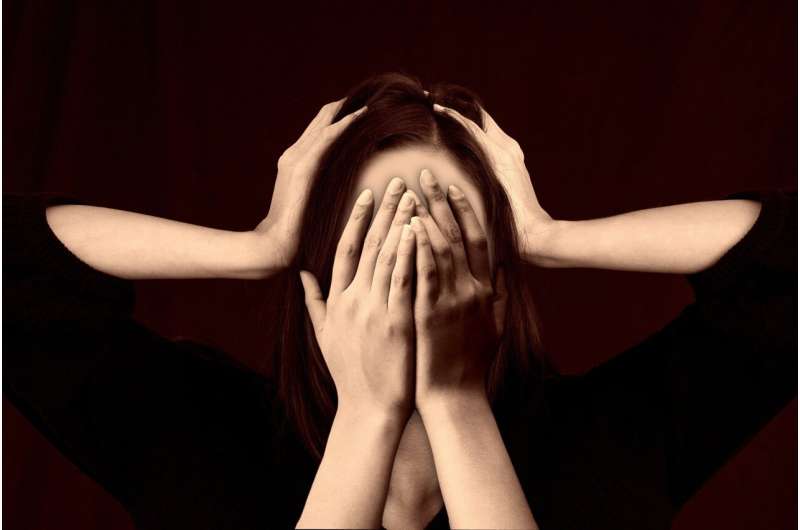Does a history of migraines mean women are more likely to be poor sleepers?

Women are, unfortunately, more likely to get migraines and suffer from poor sleep than men, and the problems only get worse as women transition through menopause. A new study evaluates the association of migraine and sleep quality in premenopausal compared with perimenopausal women. Study results will be presented during The North American Menopause Society (NAMS) Annual Meeting in Atlanta, October 12-15, 2022.
Poor sleep isn’t just annoying; it’s expensive, costing the US economy approximately $411 billion annually. Similarly, migraines are costly because they affect work productivity and absenteeism and can dramatically impair a woman’s quality of life. Both problems increase significantly during the menopause transition, although migraines tend to improve after menopause.
A relationship between poor sleep quality and migraine has been previously identified, but the association between poor sleep and migraine in the menopause transition, specifically, remains unclear. A new study that included more than 2,000 women sought to evaluate this association and compare it between premenopausal and perimenopausal women, considering potential confounding variables.
Researchers in this cross-sectional study confirmed an association between a history of migraine and poor sleep in premenopausal and perimenopausal women. However, in contrast to the relationship in premenopausal women, the relationship appears to be explained by other factors known to affect sleep in the menopause transition, such as body mass index, anxiety, depression, and the presence of hot flashes in perimenopausal women.
“To our knowledge, this is the first study to examine the association between migraine and sleep quality in pre- compared to perimenopausal women using validated tools in a large cohort of women across three geographical locations. Given the rise of both migraine and sleep disturbances during the menopause transition, we were interested to see whether the relationship between these two entities changes as women advance through the reproductive stages, and that is exactly what we found. In contrast to the findings in premenopausal women, the association appears to be driven by other factors in perimenopausal women,” says Summer Ghaith, lead author of the study from the Mayo Clinic School of Medicine.
Source: Read Full Article
